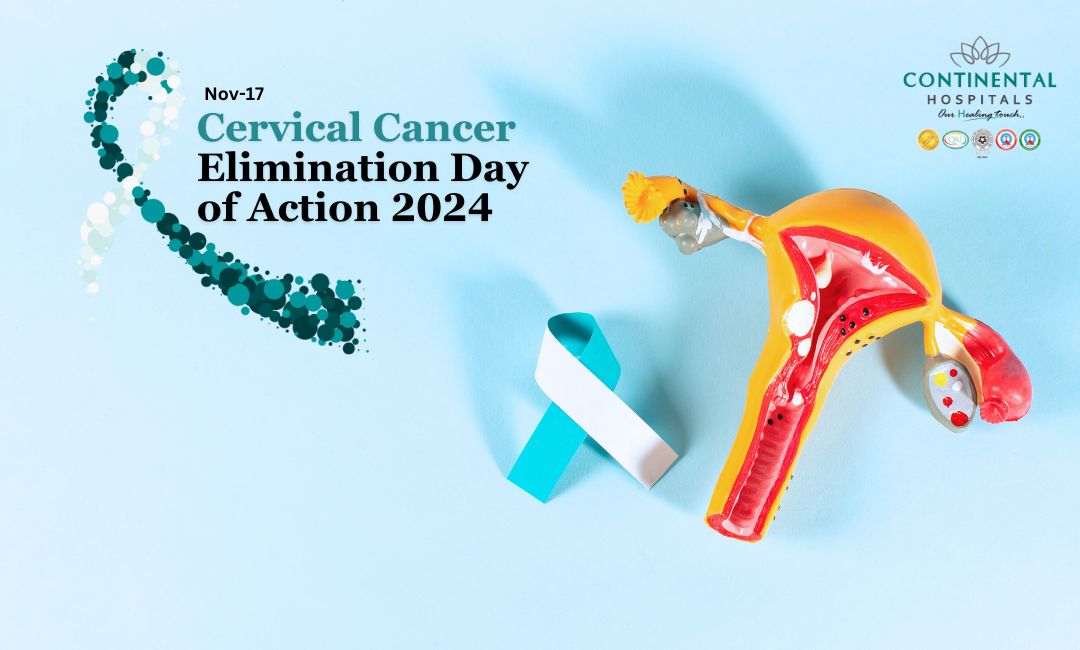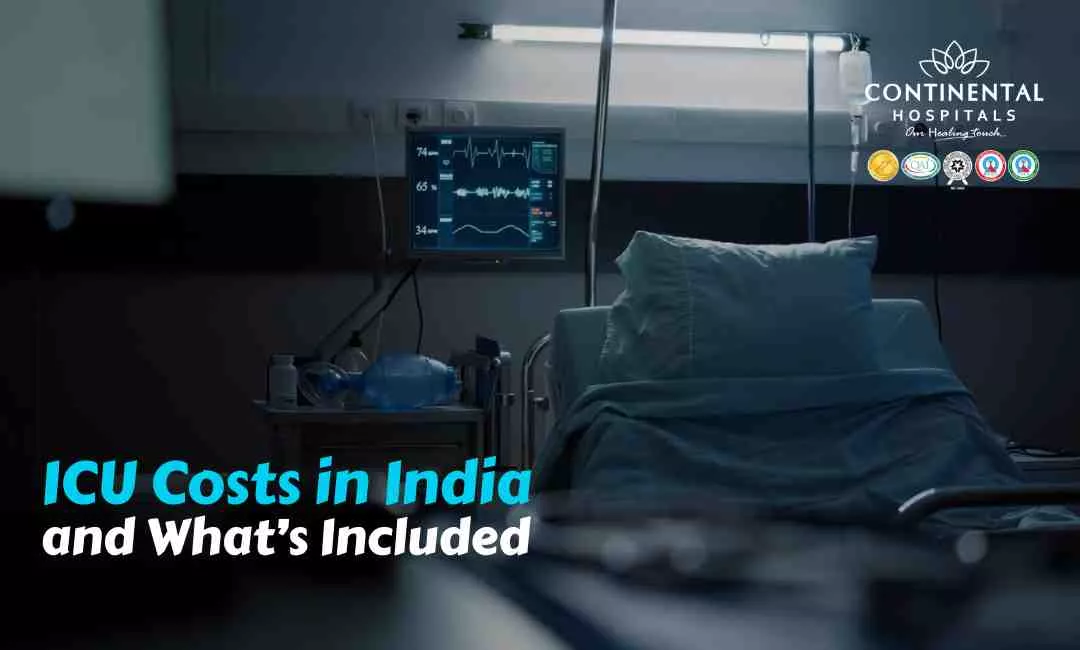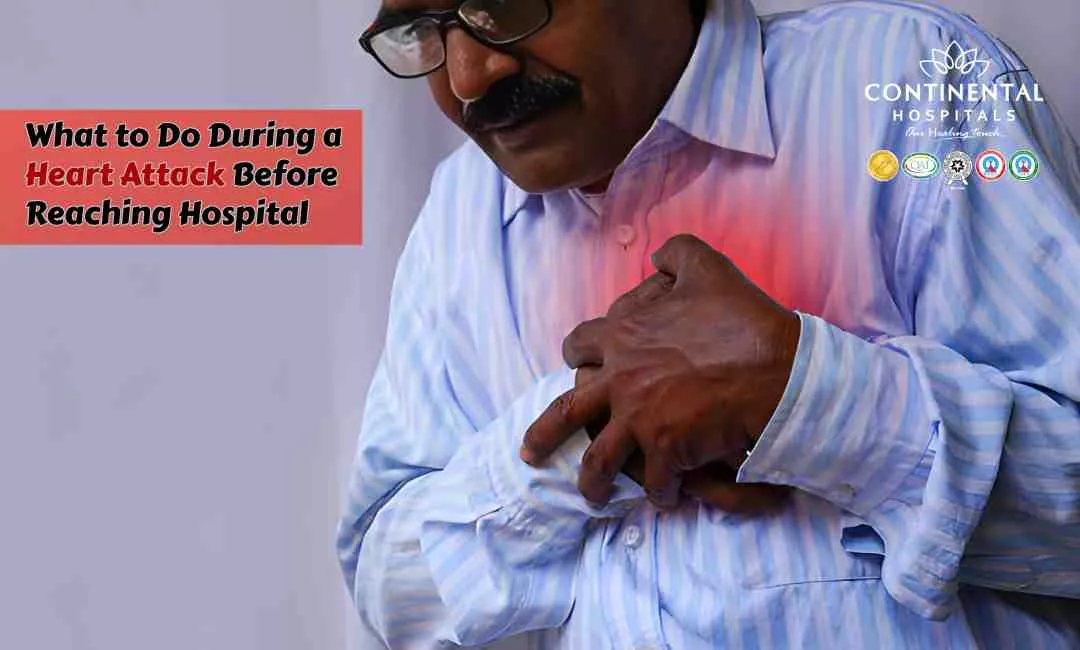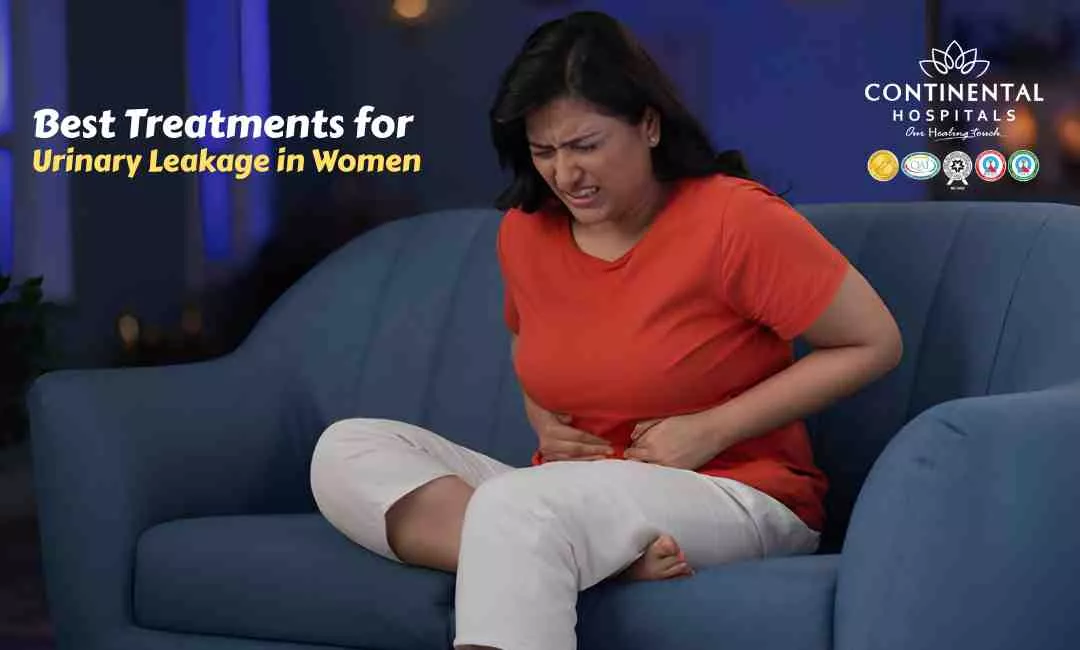On November 17, 2024, people around the world will observe the Cervical Cancer Elimination Day of Action. This day marks a global commitment to eliminating cervical cancer as a public health issue through awareness, prevention, and treatment. It’s a moment to unite and advocate for change, especially in regions with limited healthcare access. This year, we recognize and uplift the contributions of frontline health workers who tirelessly provide life-saving services to achieve this ambitious goal. With coordinated global efforts, we can create a future where cervical cancer is no longer a threat to women’s health worldwide.
The History of Cervical Cancer Elimination Day of Action
The idea of a Cervical Cancer Elimination Day of Action emerged as part of the World Health Organization's (WHO) Global Strategy to Accelerate the Elimination of Cervical Cancer, launched in 2020. The WHO proposed a detailed plan to reduce cervical cancer incidence to a threshold of 4 per 100,000 women per year — a rate considered low enough to achieve the goal of elimination. This campaign was introduced to unite countries, healthcare organizations, and communities to tackle the disease with preventive care, accessible screening, and comprehensive treatment.
The Cervical Cancer Elimination Day of Action serves as an annual reminder of the targets we aim to reach by 2030 and to celebrate milestones achieved along the way. The day also honours the dedicated healthcare providers, especially those on the frontlines, who are instrumental in delivering screening, vaccinations, and treatments that save countless lives each year.
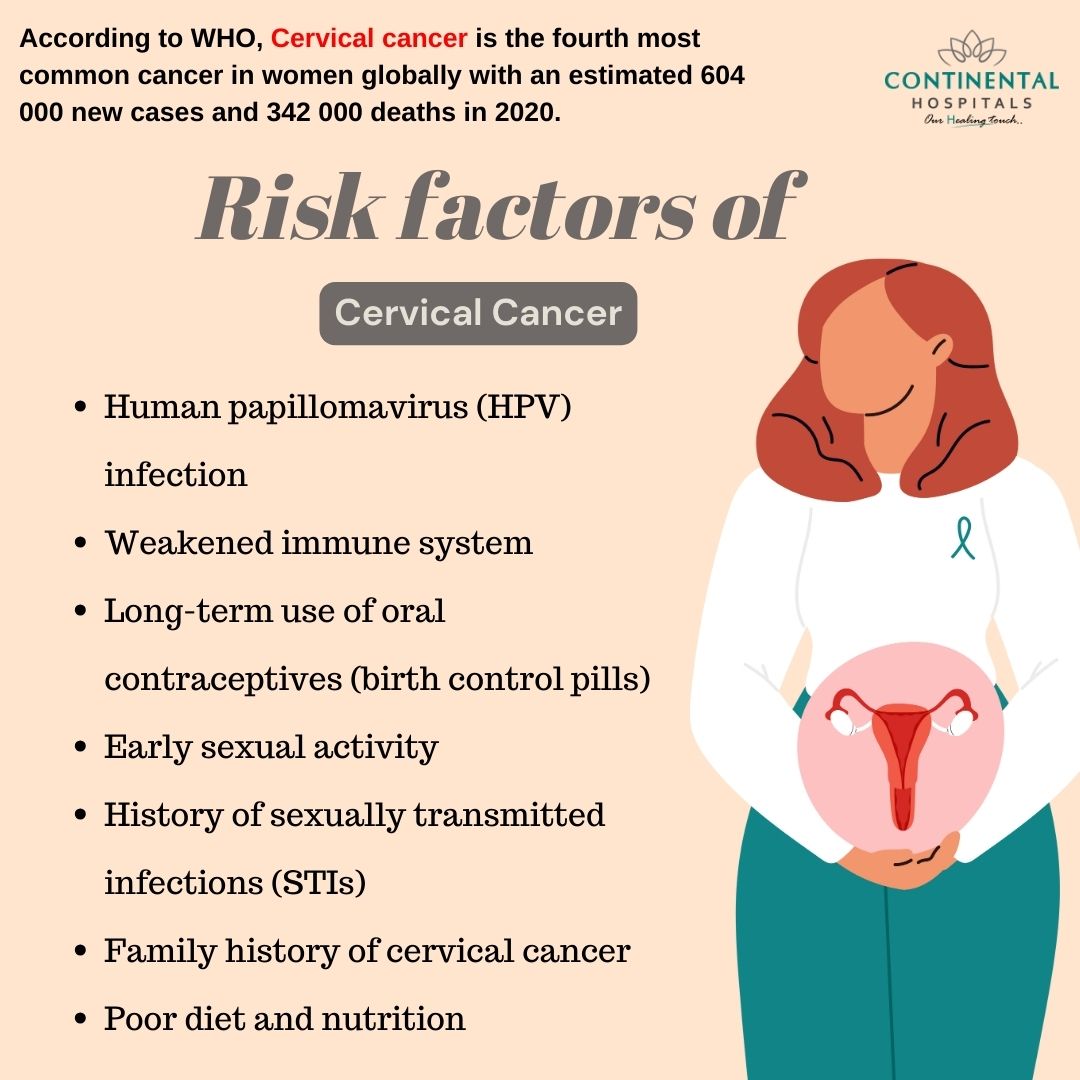
🥗 Healthy Plate Challenge
🍽 Add Your Favorite Dish
Pick Your 6 favorite foods, eat, and see the results.Drag & drop foods onto your plate.
Drop Food Here
The Global Strategy to Eliminate Cervical Cancer: Key Targets
To make elimination possible, WHO set forth ambitious 90-70-90 targets to be met by 2030. These targets outline specific goals that each country should strive for to be on track for eliminating cervical cancer:
90% HPV Vaccination: By 15 years of age, 90% of girls should be fully vaccinated with the HPV vaccine. HPV, or the human papillomavirus, is the primary cause of cervical cancer, and vaccination is an effective preventive measure.
70% Screening Coverage: 70% of women should be screened with a high-performance test by age 35 and again by age 45. Regular screening is essential to detect early signs of cervical disease, significantly increasing the chances of effective treatment.
90% Treatment of Identified Cervical Disease: Of those diagnosed with cervical disease, 90% should receive appropriate treatment. This includes managing precancerous lesions and ensuring that women with invasive cervical cancer receive the care they need.
What Can We Achieve with the 90-70-90 Strategy?
By reaching these targets by 2030, we can dramatically reduce the incidence and death rates associated with cervical cancer. According to a mathematical model developed by the WHO, the impact of these interventions will be transformative, especially in low- and lower-middle-income countries where access to screening and treatment is often limited:
Incidence Reduction: If the targets are met, the median cervical cancer incidence rate is expected to fall by 42% by 2045 and by an impressive 97% by 2120.
Cumulative Reduction in New Cases: Over 74 million new cases of cervical cancer could be prevented by the year 2120, providing women with better health outcomes and preventing immense suffering.
Deaths Prevented: By 2030, about 300,000 cervical cancer deaths will have been averted; by 2070, this figure is expected to reach over 14 million, and by 2120, more than 62 million cervical cancer deaths will be prevented.
These figures highlight the incredible benefits of adopting a proactive approach to cervical cancer elimination. With more countries actively implementing the 90-70-90 strategy, this vision can become a reality, saving millions of lives and drastically reducing the global burden of cervical cancer.
Why Cervical Cancer Prevention is Crucial
Cervical cancer is one of the few cancers that can largely be prevented through vaccination and regular screenings. The HPV vaccine has proven to be highly effective in preventing the high-risk strains of HPV that cause the majority of cervical cancer cases. Additionally, when women are screened regularly, healthcare providers can identify and treat precancerous lesions before they progress to cancer.
Despite these preventive measures, cervical cancer remains a major health issue, especially in regions where access to healthcare services is limited. In low- and middle-income countries, many women are unable to receive vaccinations, screenings, or treatment. This disparity makes the global strategy essential for reaching women everywhere, regardless of their socioeconomic status.
Recognizing and Supporting Frontline Health Workers
This November 17, we acknowledge the essential role of frontline health workers who provide life-saving services in cervical cancer prevention and treatment. From administering HPV vaccines to performing screenings and offering treatment, these healthcare providers are often the first point of contact for women seeking care. In underserved communities, frontline health workers bring hope to women who might otherwise go without necessary medical attention.
Key Statistics on Cervical Cancer
Here are some important statistics that underscore the significance of eliminating cervical cancer globally:
- Cervical cancer is the fourth most common cancer among women, with an estimated 604,000 new cases and 342,000 deaths worldwide in 2020.
- Over 85% of cervical cancer cases occur in low- and middle-income countries, where access to preventive care is limited.
- According to the American Cancer Society, the 5-year survival rate for cervical cancer is about 66%, but this rate can be significantly improved with early detection.
What Can You Do to Support Cervical Cancer Elimination?
There are several ways to contribute to the cause and support the elimination of cervical cancer:
Get informed and spread awareness: Educate yourself about cervical cancer, HPV vaccination, and screening methods. Share reliable information with friends and family to help spread awareness.
Support vaccination and screening programs: Encourage HPV vaccination for young girls and screening for women in your community. Support initiatives that aim to make these services widely available.
Advocate for healthcare resources: Many low- and middle-income countries lack the resources for widespread vaccination and screening. By supporting global health organizations and advocating for resources, you can help ensure that all women have access to preventive care.
Recognize and support frontline health workers: Their work is crucial in bringing healthcare services to underserved communities. Take a moment to recognize their efforts, or donate to organizations that support their work in cervical cancer elimination.
Conclusion: A Future Without Cervical Cancer Is Possible
The Cervical Cancer Elimination Day of Action 2024 reminds us that we have the power to eliminate cervical cancer as a public health problem. With the right combination of vaccination, screening, and treatment, we can drastically reduce the number of women affected by this disease and save millions of lives. The 90–70–90 targets provide a clear roadmap to achieving this goal, and by supporting health workers and spreading awareness, we can help make this vision a reality.
If you have concerns about your cervical cancer, it's best to consult with a Cancer specialist who can assess your risk factors.
Related Blog Topics:
1. HPV Vaccine: A powerful tool in preventing Cervical Cancer
2. Indian Government Initiative in Promoting Cervical Vaccines
.webp)

